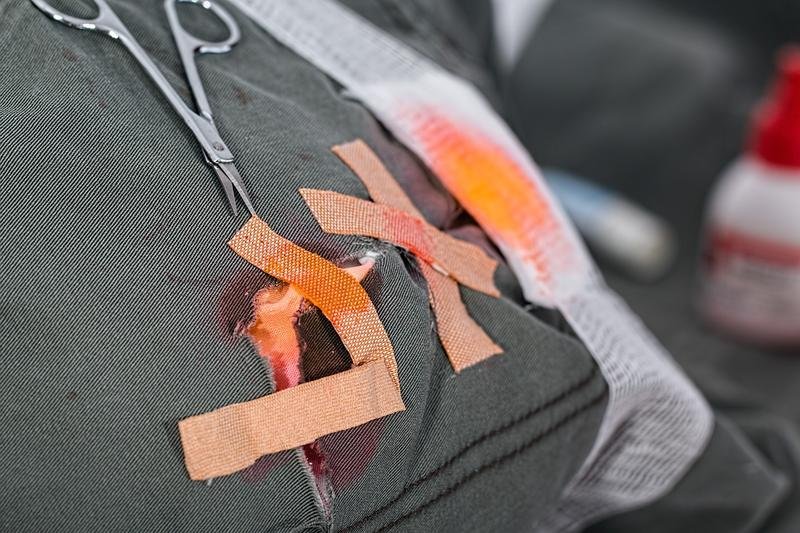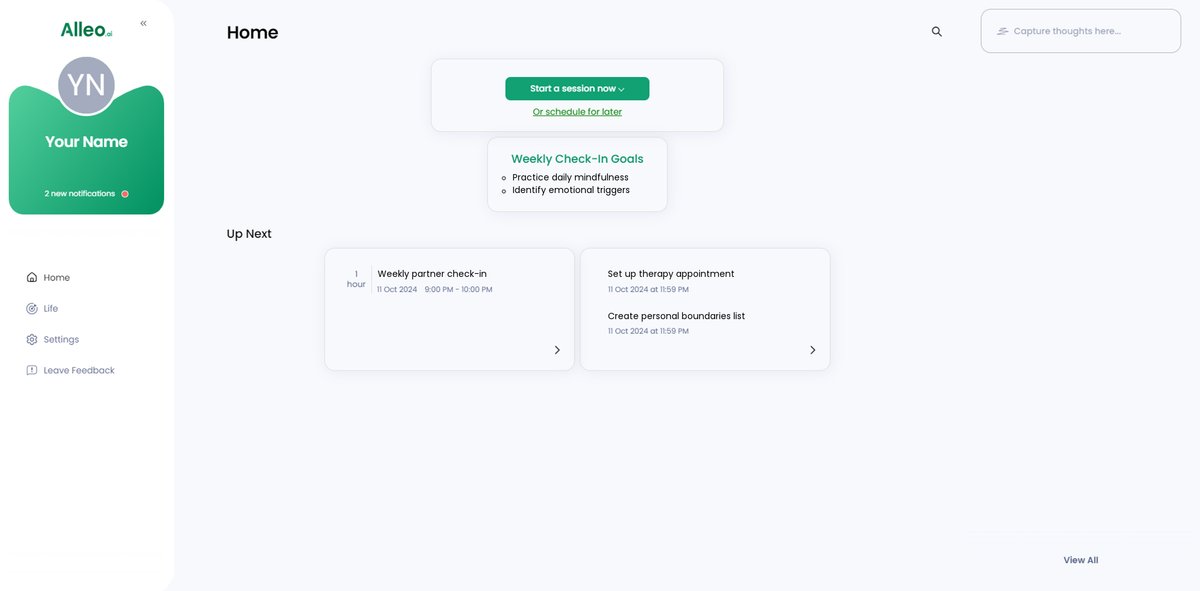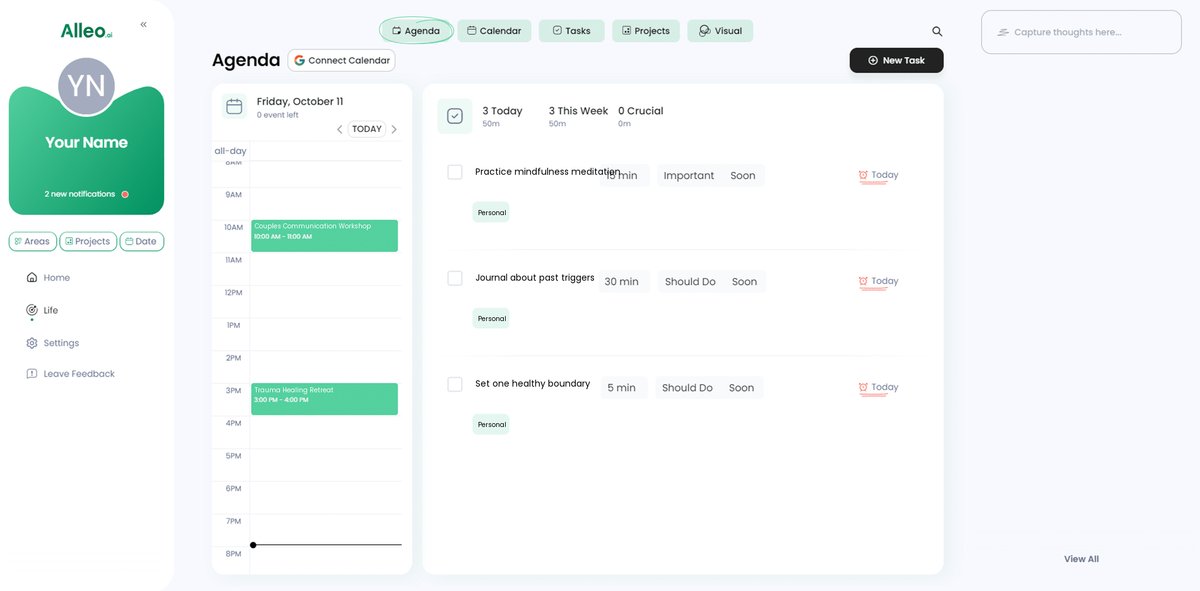7 Powerful Techniques to Stop Projecting Past Trauma onto Your Romantic Partner
Have you ever wondered why certain arguments with your partner feel like déjà vu? This could be a sign of unresolved trauma affecting your relationships.
Past traumas can cast long shadows over current relationships. As a life coach specializing in healing trauma in relationships, I’ve seen how these shadows can cloud even the most understanding partnerships. Emotional baggage in dating often stems from these unresolved issues.
Healing from past traumas is essential for building healthier relationships and breaking negative relationship patterns.
In this article, you’ll discover practical strategies to manage and overcome these triggers. Together, we’ll explore mindfulness techniques for trauma recovery, communication skills for trauma survivors, and self-care practices. These tools can help in trust-building in romantic partnerships and establishing healthy boundaries for trauma survivors.
Let’s dive in and explore how self-awareness for trauma survivors can transform your relationships.

Understanding How Past Traumas Manifest in Current Relationships
Trauma from the past can seep into our present, often without us realizing it. Many clients initially struggle with differentiating past wounds from current experiences, which is crucial for healing trauma in relationships.
This can strain even the most solid relationships, affecting attachment styles and trauma responses.
For instance, several clients report doubting their partner’s love due to abandonment issues from previous relationships. This constant doubt can create a cycle of anxiety and mistrust, highlighting the need for trust-building in romantic partnerships.
The emotional toll on both partners is immense, leading to frustration and emotional exhaustion. This underscores the importance of therapy for relationship issues stemming from past trauma.
Ultimately, projecting past trauma can erode the foundation of a loving relationship. Recognizing and addressing these projections is crucial for healing and building healthier connections, emphasizing the need for self-awareness for trauma survivors.
Let’s explore how to tackle this challenge together, focusing on trauma healing in relationships.

Steps to Stop Projecting Trauma onto Romantic Partners
Overcoming this challenge requires a few key steps. Here are the main areas to focus on to make progress in healing trauma in relationships:
- Practice mindfulness to identify projections: Daily mindfulness can help recognize when past traumas affect present interactions, aiding in self-awareness for trauma survivors.
- Communicate openly about triggers with partner: Regular discussions about triggers can foster understanding and support, improving communication skills for trauma survivors.
- Seek individual therapy for trauma processing: Therapy helps to address and heal deep-seated traumas, essential for breaking negative relationship patterns.
- Use grounding techniques during emotional moments: Grounding exercises can manage overwhelming emotions, supporting trauma healing in relationships.
- Journal to differentiate past from present: Journaling helps separate past experiences from current realities, addressing emotional baggage in dating.
- Establish healthy boundaries in the relationship: Clear boundaries ensure mutual respect and emotional safety, crucial for healthy boundaries for trauma survivors.
- Engage in self-care to manage stress and anxiety: Self-care routines are crucial for overall well-being and trust-building in romantic partnerships.
Let’s dive in!
1: Practice mindfulness to identify projections
Mindfulness can help recognize when past traumas impact current interactions, which is crucial for healing trauma in relationships and building healthier partnerships.
Actionable Steps:
- Meditate daily: Allocate 10-15 minutes each day for mindfulness meditation to increase self-awareness for trauma survivors.
- Keep a journal: Maintain a ‘projection journal’ to note moments when you feel triggered and analyze them later, aiding in breaking negative relationship patterns.
- Use apps or videos: Utilize mindfulness apps or guided videos to stay consistent in your practice of trauma healing in relationships.
Explanation:
These steps matter because they help you become aware of how past experiences affect your present. By practicing mindfulness, you can better identify and address these triggers, essential for healing trauma in relationships.
According to Psychology Today, mindfulness can reduce anxiety and improve emotional regulation.
Key benefits of mindfulness practice include:
- Increased self-awareness
- Better emotional regulation
- Reduced stress and anxiety
By incorporating these steps into your daily routine, you can start to break the cycle of projecting emotional baggage in dating and past traumas onto your partner.

2: Communicate openly about triggers with partner
Open communication about triggers is essential for understanding and supporting each other in healing trauma in relationships.
Actionable Steps:
- Schedule weekly check-ins: Set aside a specific time each week to discuss any triggers in a calm setting, fostering trust-building in romantic partnerships.
- Use “I feel” statements: Express your emotions without blaming your partner to foster understanding and empathy, a crucial communication skill for trauma survivors.
- Develop a shared language: Use tools like an emotional wheel to create a common vocabulary for discussing triggers, aiding in trauma healing in relationships.
Explanation:
These steps matter because they help create a safe space for both partners to share their feelings and concerns. Open communication can reduce misunderstandings and build trust, essential for breaking negative relationship patterns.
According to Psychology Today, effective communication improves relationship satisfaction and emotional well-being, crucial for healing trauma in relationships.
This consistent practice can strengthen your bond and make it easier to navigate emotional challenges together, promoting self-awareness for trauma survivors. Let’s move forward to the next step.

3: Seek individual therapy for trauma processing
Seeking individual therapy is crucial for processing and healing trauma in relationships.
Actionable Steps:
- Research and select a therapist: Find a therapist who specializes in trauma healing in relationships and relationship issues. Look for certifications and client reviews.
- Set specific therapy goals: Establish clear objectives for your therapy sessions, such as reducing triggers, improving emotional regulation, or breaking negative relationship patterns.
- Attend therapy consistently: Commit to a regular therapy schedule and track your progress in a personal journal, focusing on self-awareness for trauma survivors.
Explanation:
These steps matter because therapy provides a safe space to address and heal from past traumas, helping manage emotional baggage in dating.
By working with a specialized therapist, you can develop coping strategies and reduce the impact of triggers on your current relationship, improving communication skills for trauma survivors.
According to Frontiers in Psychology, trauma-focused interventions can significantly improve mentalizing abilities and restore trust, essential for trust-building in romantic partnerships.
Taking these steps will help you manage past traumas effectively, fostering a healthier and more resilient relationship while establishing healthy boundaries for trauma survivors.

4: Use grounding techniques during emotional moments
Using grounding techniques during emotional moments can help manage overwhelming feelings and maintain a sense of control, which is crucial for healing trauma in relationships.
Actionable Steps:
- Practice deep-breathing exercises: Take slow, deep breaths for a few minutes when you feel overwhelmed, a useful mindfulness technique for trauma recovery.
- Use sensory grounding techniques: Hold a cold object or focus on specific sounds to bring your attention back to the present moment, aiding in self-awareness for trauma survivors.
- Create a ‘calm corner’: Designate a space in your home with items that help soothe and ground you, supporting trauma healing in relationships.
Explanation:
These steps matter because they provide immediate relief and help you stay present during intense emotional moments, which is essential for breaking negative relationship patterns.
Grounding techniques can reduce anxiety and prevent the escalation of emotional responses. According to Boston University, grounding exercises can be an effective tool for trauma survivors to regain a sense of control.
Effective grounding techniques to try:
- 5-4-3-2-1 sensory exercise
- Progressive muscle relaxation
- Mindful object observation
Implementing these techniques will help you manage emotional triggers and build resilience in your relationship, contributing to healing trauma in relationships and improving communication skills for trauma survivors.
Let’s proceed to the next step.

5: Journal to differentiate past from present
Journaling is a powerful tool to help you separate past experiences from current realities, especially when dealing with trauma healing in relationships.
Actionable Steps:
- Write down specific incidents: Document moments when you feel triggered and analyze whether your reaction is based on past experiences, helping to break negative relationship patterns.
- Use prompts: Explore and separate past trauma from present reality with prompts like, “Is this reaction about now or then?” to increase self-awareness for trauma survivors.
- Reflect on positives: Regularly note positive aspects of your current relationship to reinforce a sense of security and aid in healing trauma in relationships.
Explanation:
These steps matter because they provide clarity and help you understand the root of your reactions. Journaling helps to anchor your thoughts and recognize patterns, which is crucial for healing trauma in relationships.
According to Frontiers in Psychology, reflective practices like journaling can improve mentalizing abilities and foster better emotional regulation, supporting trauma healing in relationships.
Taking these steps will help you differentiate past trauma from present moments, aiding in your healing journey and improving communication skills for trauma survivors.
6: Establish healthy boundaries in the relationship
Establishing healthy boundaries in your relationship is vital for mutual respect and emotional safety, especially when healing trauma in relationships.
Actionable Steps:
- Identify and communicate boundaries: Clearly define your emotional and physical boundaries and share them with your partner, a crucial step for trauma healing in relationships.
- Practice saying ‘no’: Set limits in a respectful manner and ensure both partners understand these boundaries, which is essential for breaking negative relationship patterns.
- Revisit boundaries regularly: Adjust and discuss boundaries as needed through ongoing conversations, promoting self-awareness for trauma survivors.
Explanation:
These steps matter because they create a framework for respect and understanding within the relationship, aiding in healing trauma in relationships.
Healthy boundaries help prevent misunderstandings and emotional burnout, addressing emotional baggage in dating.
According to BetterHelp, setting boundaries is crucial for recovery from emotional abuse and maintaining relationship health.
Taking these actions will reinforce your relationship’s foundation and support emotional well-being, essential for trust-building in romantic partnerships.
Now, let’s move on to the next step.

7: Engage in self-care to manage stress and anxiety
Engaging in self-care is essential for managing stress and anxiety, especially when healing trauma in relationships and dealing with past traumas.
Actionable Steps:
- Develop a self-care routine: Incorporate physical activity, hobbies, and mindfulness techniques for trauma recovery into your daily life.
- Prioritize sleep and nutrition: Ensure you are getting enough rest and eating balanced meals to maintain overall well-being and support trauma healing in relationships.
- Schedule regular ‘me-time’: Set aside time each week to focus on activities that recharge and relax you, fostering self-awareness for trauma survivors.
Explanation:
These steps matter because they help you build resilience and manage stress effectively. Incorporating self-care into your routine can reduce anxiety, improve mental health, and aid in breaking negative relationship patterns.
According to BetterHelp, self-care is crucial for recovering from emotional abuse and maintaining healthy relationships.
Essential components of a self-care routine for healing trauma in relationships:
- Regular exercise
- Healthy eating habits
- Adequate sleep
- Stress-reducing activities and communication skills for trauma survivors
Taking these actions will help you feel more balanced and better equipped to handle triggers from past traumas, supporting trust-building in romantic partnerships.
Now, let’s move on to the next step.

Partner with Alleo on Your Healing Journey
We’ve explored the challenges of healing trauma in relationships and how to overcome them. Did you know Alleo can help make this journey easier and faster for trauma survivors seeking to break negative relationship patterns?
Setting up an account with Alleo is simple. Start with our free 14-day trial, no credit card required. It’s an excellent opportunity to begin your path towards self-awareness and emotional healing.
Create a personalized plan tailored to your healing needs, focusing on trust-building in romantic partnerships. Alleo’s AI coach provides affordable, full coaching sessions, just like a human coach, to support your trauma recovery journey.
The coach will follow up on your progress in healing trauma in relationships, handle changes, and keep you accountable with text and push notifications, helping you develop healthy boundaries and improve communication skills.
Ready to get started for free and begin addressing your emotional baggage in dating? Let me show you how!
Step 1: Log In or Create Your Account
To begin your healing journey with Alleo’s AI coach, log in to your existing account or create a new one in just a few clicks, setting the foundation for personalized support in overcoming past traumas and building healthier relationships.

Step 2: Choose “Improving overall well-being and life satisfaction”
Select “Improving overall well-being and life satisfaction” as your goal to address the root causes of projecting past traumas onto your current relationship, fostering a healthier mindset and more fulfilling partnerships.

Step 3: Select “Personal” as Your Focus Area
Choose the “Personal” life area to address your past traumas and improve your relationships. This selection allows you to work on self-awareness, emotional healing, and developing healthier relationship patterns, directly aligning with the strategies discussed in the article for overcoming trauma projections onto your partner.

Step 4: Starting a Coaching Session
Begin your healing journey by scheduling an intake session with Alleo’s AI coach to create a personalized plan for addressing past traumas and improving your current relationship.

Step 5: Viewing and Managing Goals After the Session
After your coaching session, open the Alleo app and check your home page to review and manage the goals you discussed, helping you stay on track with your journey to overcome past traumas and build healthier relationships.

Step 6: Adding events to your calendar or app
Use Alleo’s calendar and task features to schedule and track your progress on healing activities, such as mindfulness sessions, therapy appointments, and self-care routines, helping you stay accountable and monitor your journey towards overcoming past traumas in your relationship.

Your Path to Healing
We’ve journeyed together through the steps to stop projecting past trauma onto your current relationship. These actionable strategies can help you build a healthier, more understanding partnership and support healing trauma in relationships.
Remember, healing takes time and effort. But every small step you take brings you closer to a brighter future, especially when addressing emotional baggage in dating.
You’re not alone in this. Embrace mindfulness techniques for trauma recovery, open communication skills for trauma survivors, therapy for relationship issues, grounding techniques, journaling, healthy boundaries for trauma survivors, and self-awareness for trauma survivors.
Alleo can support you on this journey of trauma healing in relationships. Our tools can help you stay on track and achieve your goals while breaking negative relationship patterns.
Healing is a journey, and you deserve a loving, secure relationship. Take the first step today with Alleo to improve trust-building in romantic partnerships and explore your attachment styles and trauma.